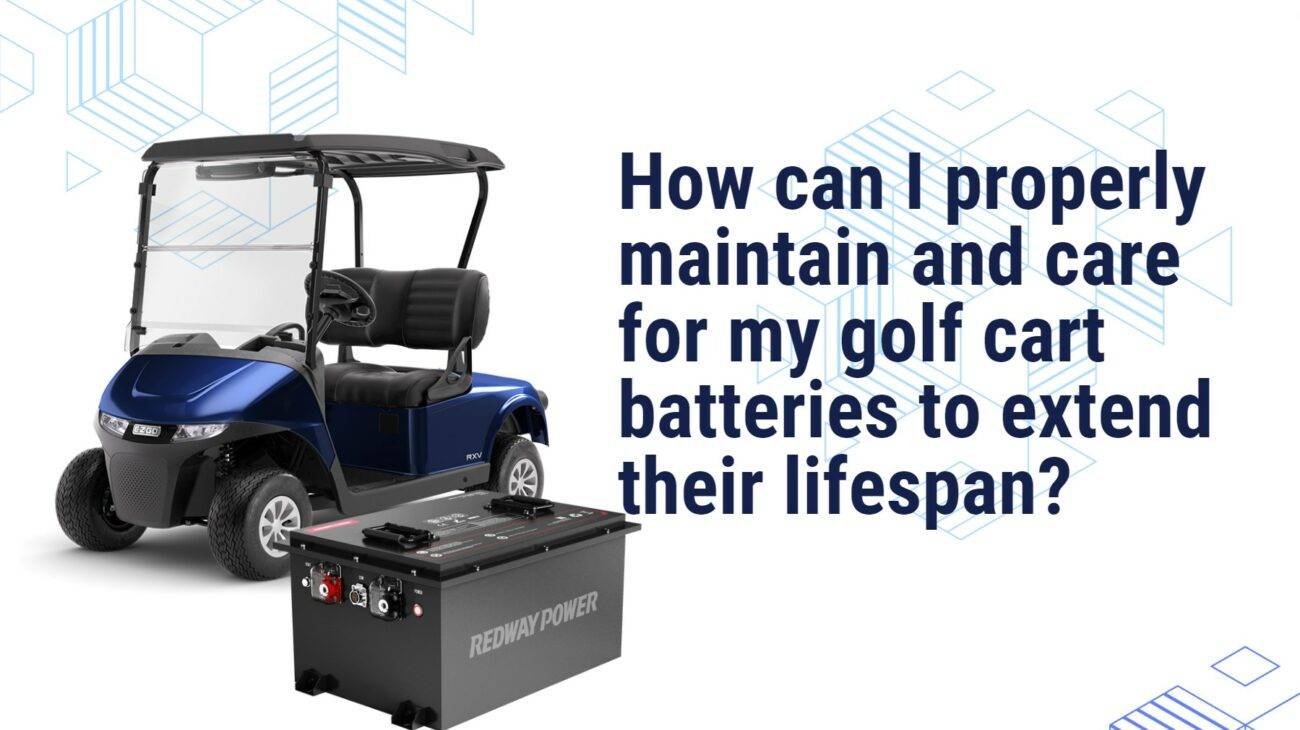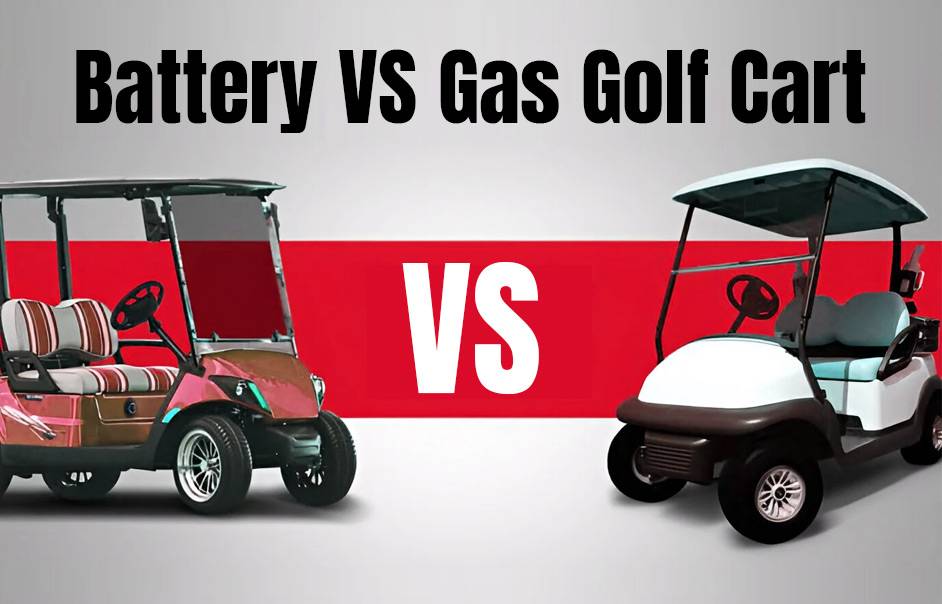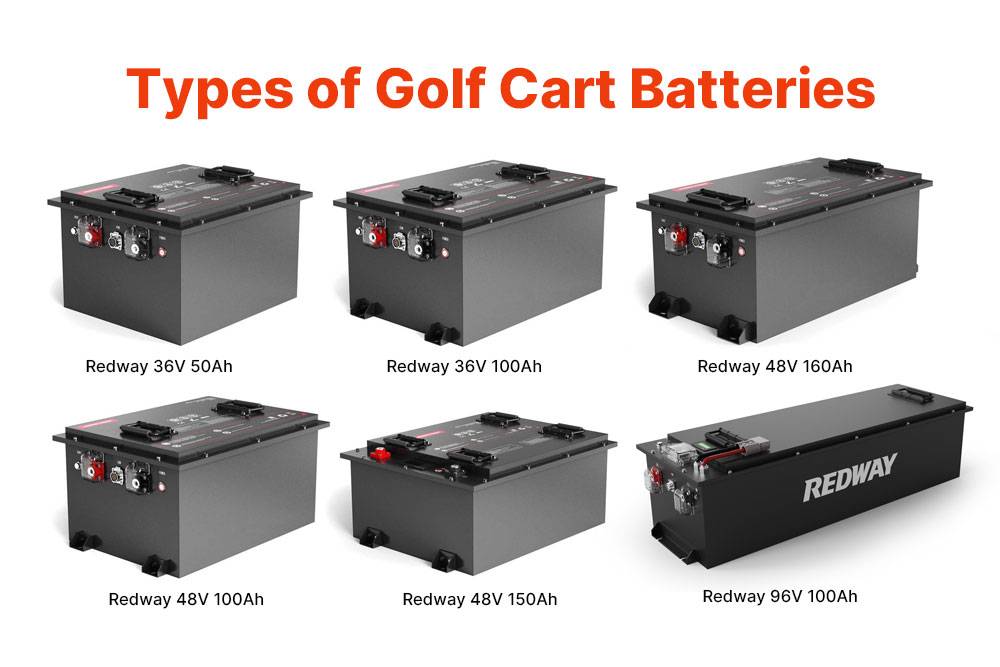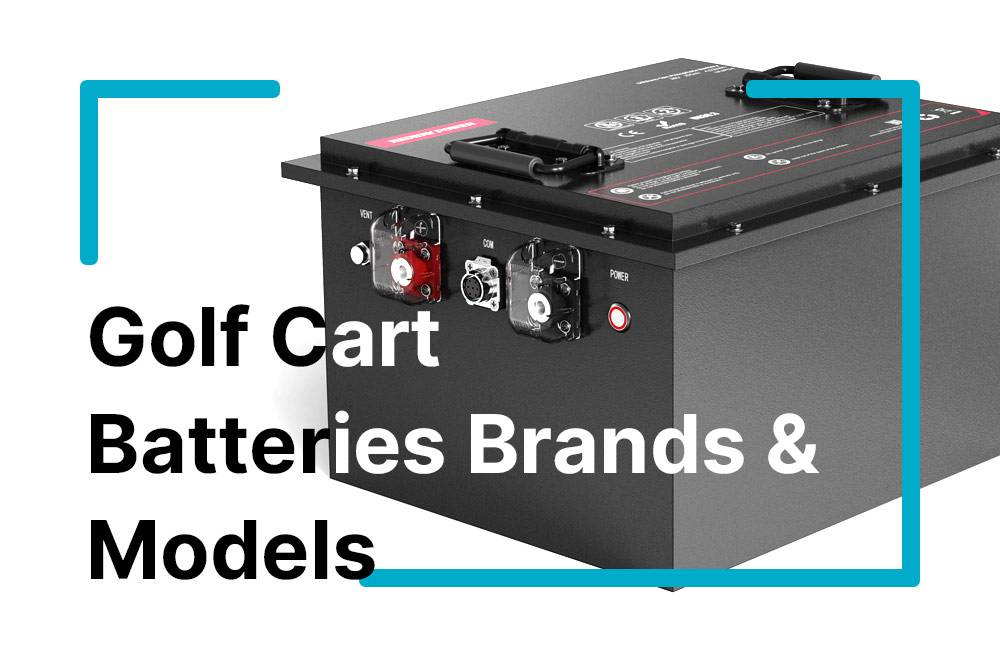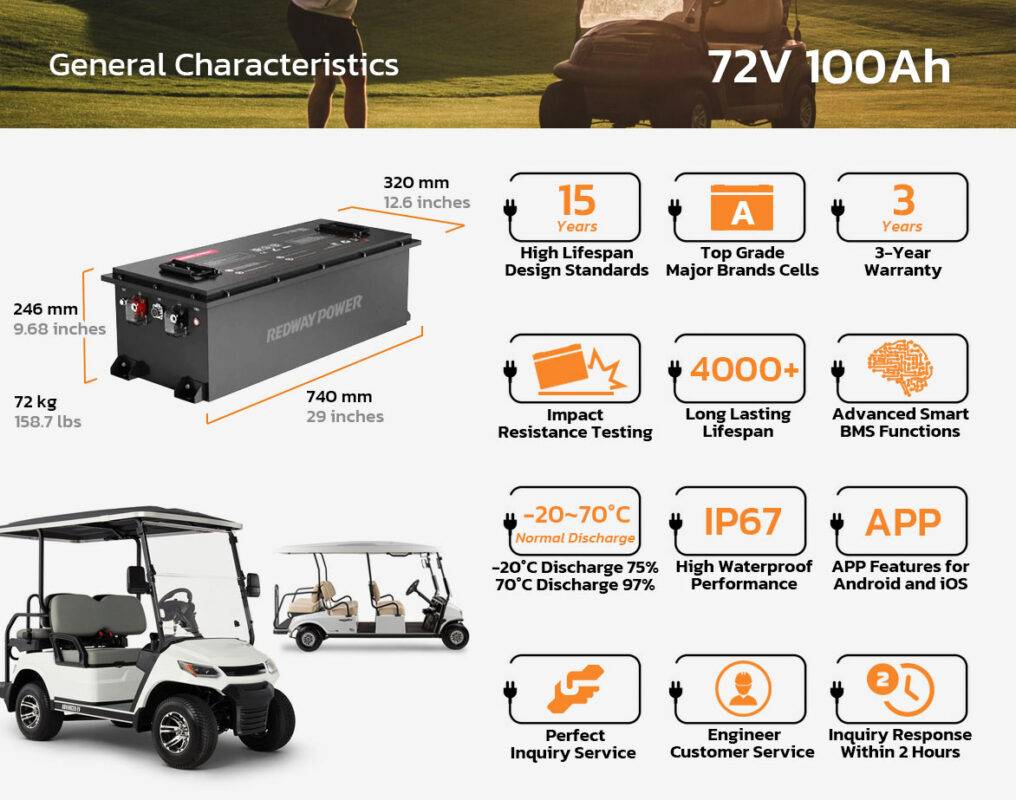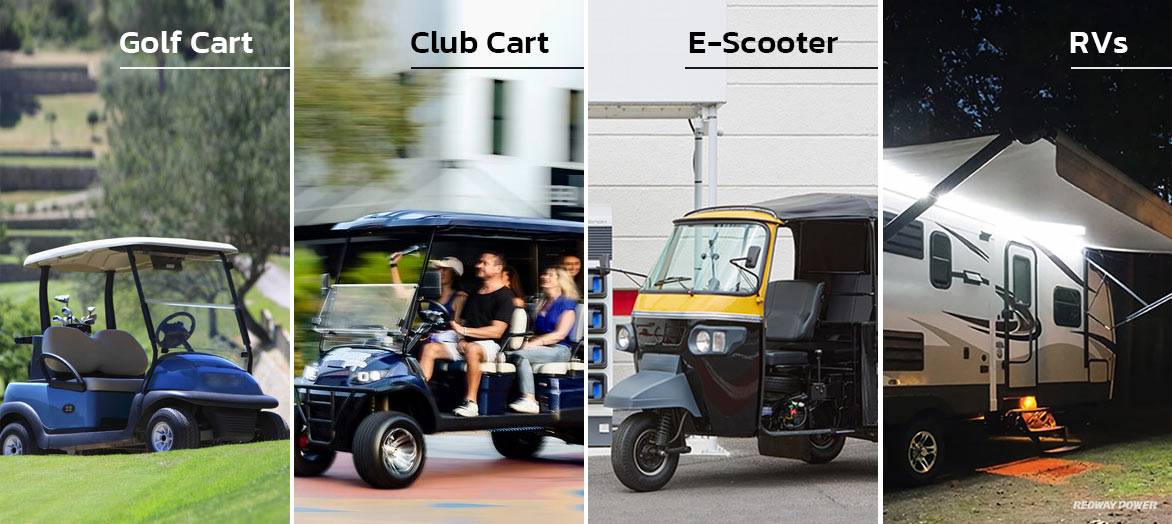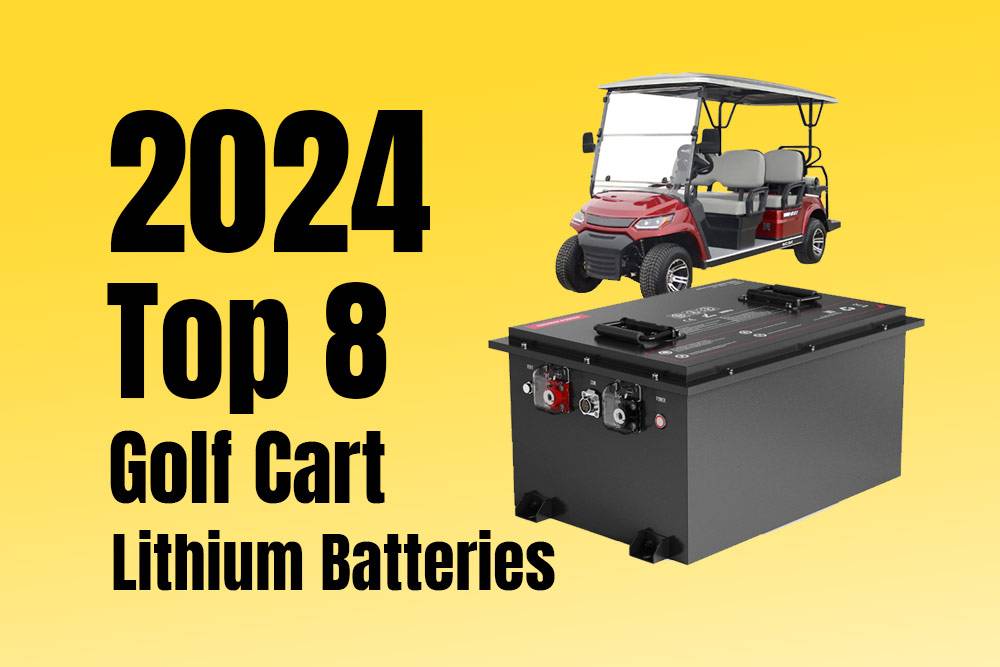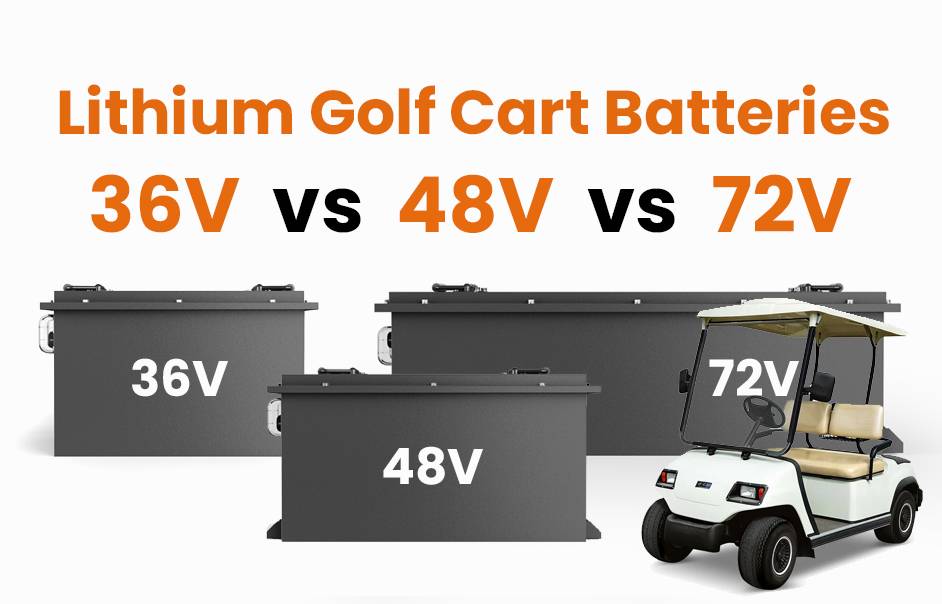- Lithium Golf Cart Battery
- Forklift Lithium Battery
-
48V
- 48V 210Ah
- 48V 300Ah
- 48V 420Ah (949 x 349 x 569 mm)
- 48V 420Ah (950 x 421 x 450 mm)
- 48V 456Ah
- 48V 460Ah (830 x 630 x 590 mm)
- 48V 460Ah (950 x 421 x 450 mm)
- 48V 460Ah (800 x 630 x 600 mm)
- 48V 460Ah (820 x 660 x 470 mm)
- 48V 500Ah
- 48V 560Ah (810 x 630 x 600 mm)
- 48V 560Ah (950 x 592 x 450 mm)
- 48V 600Ah
- 48V 630Ah
-
48V
- 12V Lithium Battery
12V 150Ah Lithium RV Battery
Bluetooth App | BCI Group 31
LiFePO4 Lithium
Discharge Temperature -20°C ~ 65°C
Fast Charger 14.6V 50A
Solar MPPT Charging - 24V Lithium Battery
- 36V Lithium Battery
- 48V Lithium Battery
-
48V LiFePO4 Battery
- 48V 50Ah
- 48V 50Ah (for Golf Carts)
- 48V 60Ah (8D)
- 48V 100Ah (8D)
- 48V 100Ah
- 48V 100Ah (Discharge 100A for Golf Carts)
- 48V 100Ah (Discharge 150A for Golf Carts)
- 48V 100Ah (Discharge 200A for Golf Carts)
- 48V 150Ah (for Golf Carts)
- 48V 160Ah (Discharge 100A for Golf Carts)
- 48V 160Ah (Discharge 160A for Golf Carts)
-
48V LiFePO4 Battery
- 60V Lithium Battery
-
60V LiFePO4 Battery
- 60V 20Ah
- 60V 30Ah
- 60V 50Ah
- 60V 50Ah (Small Size / Side Terminal)
- 60V 100Ah (for Electric Motocycle, Electric Scooter, LSV, AGV)
- 60V 100Ah (for Forklift, AGV, Electric Scooter, Sweeper)
- 60V 150Ah (E-Motocycle / E-Scooter / E-Tricycle / Tour LSV)
- 60V 200Ah (for Forklift, AGV, Electric Scooter, Sweeper)
-
60V LiFePO4 Battery
- 72V~96V Lithium Battery
- Rack-mounted Lithium Battery
- E-Bike Battery
- All-in-One Home-ESS
- Wall-mount Battery ESS
-
Home-ESS Lithium Battery PowerWall
- 24V 100Ah 2.4kWh PW24100-S PowerWall
- 48V 50Ah 2.4kWh PW4850-S PowerWall
- 48V 50Ah 2.56kWh PW5150-S PowerWall
- 48V 100Ah 5.12kWh PW51100-F PowerWall (IP65)
- 48V 100Ah 5.12kWh PW51100-S PowerWall
- 48V 100Ah 5.12kWh PW51100-H PowerWall
- 48V 200Ah 10kWh PW51200-H PowerWall
- 48V 300Ah 15kWh PW51300-H PowerWall
PowerWall 51.2V 100Ah LiFePO4 Lithium Battery
Highly popular in Asia and Eastern Europe.
CE Certification | Home-ESS -
Home-ESS Lithium Battery PowerWall
- Portable Power Stations
Why Do Golf Cart Batteries Go Bad When Sitting? Factors Affecting Battery Lifespan Explained
On May 30, 2024
Comments Off on Why Do Golf Cart Batteries Go Bad When Sitting? Factors Affecting Battery Lifespan Explained

Golf cart batteries can deteriorate when left unused for extended periods. Factors such as sulfation, self-discharge, and environmental conditions contribute to this degradation. Understanding these elements can help in maintaining battery health and extending lifespan.
Table of Contents
ToggleWhat Is Sulfation and How Does It Affect Battery Health?
Understanding Sulfation
Sulfation occurs when lead sulfate crystals form on the battery plates during discharge and remain there if the battery is not charged promptly. This process can lead to reduced capacity and eventual battery failure.
Chart: Effects of Sulfation on Battery Capacity
| Time Without Charge | Sulfation Level | Capacity Loss (%) |
|---|---|---|
| 1 Month | Low | 5 |
| 3 Months | Moderate | 20 |
| 6 Months | High | 50 |
How Does Self-Discharge Impact Battery Lifespan?
Self-Discharge Explained
All batteries experience self-discharge, where they lose charge over time even when not in use. Lead-acid batteries typically lose about 5-10% of their charge per month, while lithium batteries can lose around 1-2%.
Chart: Self-Discharge Rates of Different Battery Types
| Battery Type | Self-Discharge Rate (%) per Month |
|---|---|
| Lead-Acid | 5-10 |
| Lithium | 1-2 |
| AGM (Absorbent Glass Mat) | 3-5 |
What Environmental Factors Contribute to Battery Degradation?
Temperature Effects
Extreme temperatures can accelerate battery deterioration. High heat can increase the rate of self-discharge and sulfation, while cold temperatures can reduce battery capacity temporarily.Humidity and Corrosion
High humidity can lead to corrosion of battery terminals, which affects performance and lifespan.
Why Is Regular Maintenance Crucial for Golf Cart Batteries?
Importance of Maintenance
Regular maintenance, including checking fluid levels (for flooded batteries), cleaning terminals, and ensuring proper charging practices, is essential for prolonging battery life. Neglecting these tasks can lead to premature failure.
How Can You Extend the Lifespan of Golf Cart Batteries?
Best Practices for Longevity
- Regular Charging: Charge batteries after each use to prevent sulfation.
- Proper Storage: Store batteries in a cool, dry place to minimize self-discharge.
- Maintenance Checks: Conduct regular inspections to clean terminals and check fluid levels.
Frequently Asked Questions
How long do golf cart batteries last?
Typically, golf cart batteries last between 4 to 6 years with proper care and maintenance.Can leaving golf cart batteries unused cause damage?
Yes, leaving them unused can lead to sulfation and self-discharge, significantly reducing their lifespan.What should I do if my golf cart battery is dead?
Try recharging it fully; if it does not hold a charge, it may need replacement or professional assessment.
Industrial News
Recent developments in battery technology have focused on enhancing the longevity and efficiency of golf cart batteries. Innovations such as advanced charging systems that prevent sulfation and smart monitoring systems that track battery health are becoming more common. Additionally, manufacturers are exploring new materials that improve energy density while reducing degradation risks associated with prolonged inactivity.
Redway Power Views
“Understanding the factors that contribute to battery degradation is essential for any golf cart owner. By implementing proper maintenance practices and being aware of environmental impacts, users can significantly extend the life of their batteries. As technology advances, we anticipate even more effective solutions for managing battery health.”
Share
Rewrite
















